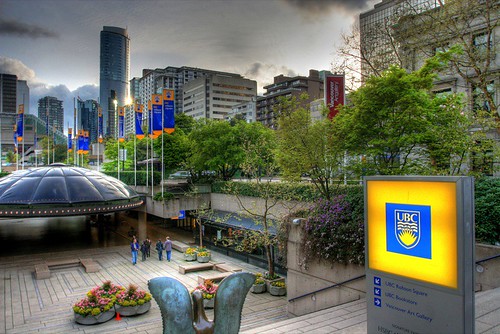Exposure Bracketing for HDR Images
I’ve been experimenting with high dynamic range (HDR) images for a few months now, and so far I really love the effect that you can get with photos. At least in my eyes, HDR images generally seem to look a bit more natural than a typical shot that doesn’t have a large dynamic range. Unfortunately, this whole field is more of an art than a science currently, so getting the perfect HDR shot is a bit of trial and error (and in a lot of cases, the end result isn’t always appealing).
My tool of choice right now is undoubtedly Photomatix, and I use it almost exclusively when generating HDR shots. I’ve played around a bit with Photoshop CS2’s HDR generator, but to be honest, it’s really rather weak.
One of the main difficulties in generating HDR shots is that they usually require a tripod. Since I rarely have a tripod on me, I often miss shots I would love to take as HDRs. However, after messing with my camera for a while the other day, I discovered its auto exposure bracketing feature. Auto exposure bracketing allows you to automatically capture a sequence of shots with varying exposure. For example, if I set a +/- 2EV exposure bracket on my camera, when I hold down the shutter, it will take one shot at -2EV exposure (which is technically underexposed), 0EV (perfect exposure), and +2EV (overexposed). The advantage of this is that I can compose a shot, press the button, and in theory walk away with three images of varying exposure in basically the same spot (give or take a little camera shake).
While not as ideal as a tripod, it actually allows for some pretty decent HDR shots as long as you have enough light to avoid camera shake between shots. A normal HDR shot for me is usually five shots, so since my camera only allows three shots, I don’t think you get as nice an effect. But, it’s actually not that bad. Here’s a sample I took on the way home.

I’m pretty excited about this because now at least I should be able to do some portraits as HDR images, which should be pretty awesome.